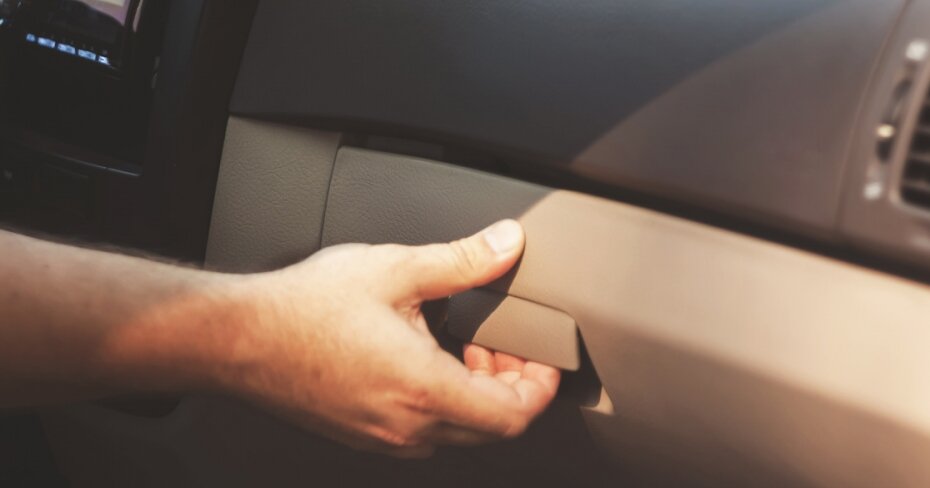A guide to going digital with proof of car insurance
By: Lisa Coxon on June 17, 2020
Whenever a service or product “goes digital,” it’s usually a win-win for both the environment and the consumer.
Digital car insurance slips are no exception. In a handful of provinces now, a paper auto insurance slip — you know, the one you stuff into your glovebox and hope to never have to dig out because it probably means you’ve been pulled over for something — is no longer required.
In the last couple of years, electronic proof of auto insurance (EPAI) has become an acceptable option for proof of insurance. In Ontario, Alberta, Newfoundland and Labrador, and Nova Scotia, drivers can carry a digital slip on their smartphone or other mobile device.
Now that car insurance is going digital, what does it mean for you, the driver?
You can still opt for a physical insurance slip
The first thing to know about digital auto insurance slips is that they remain optional.
In Ontario, where EPAI was implemented in September 2019, there will be a one-year phase-in period for auto insurance companies, where they have to continue to issue the paper slip for one year even if customers request the digital option, at no additional cost.
“We expect that electronic pink slips will work across all platforms but if you are unsure, you can always stick with the printed version,” explains Kee.
Keeping a physical slip on hand could be useful if you plan to drive to a different province where EPAI is not accepted.
Your device needs to be working properly
It might sound obvious, but in order for digital auto insurance slips to be valid, whatever device you’re storing them on needs to be functional.
If it’s a cell phone, for instance, that means no cracked screen, a full charge, and adequate service wherever you happen to be driving.
“If you are concerned about this issue, you may want to opt for the printed pink card,” explains Steve Kee, director of external communications at the Insurance Bureau of Canada.
If you fail to be able to display digital proof of your car insurance to police in a roadside stop, you could face penalties, which Kee says would be decided “on a province by province basis.”
“Regardless of potential issues with a mobile device such as poor cellular service, drained batteries or damaged screens, drivers are required by law to show proof of auto insurance to a police officer when asked,” says Kee.
“Keep your phone charged and if concerned, carry a backup paper copy.”
Your privacy should be top of mind
When you show EPAI to a police officer, you’ll likely do so via your auto insurance company’s app. Given this, experts have expressed concern with respect to drivers’ privacy.
But a key feature of these apps has to be the ability to show your documents from a locked screen. Why? So that if a police officer were to take your device back to their vehicle with them to verify your information, they have access only to that slip and nothing else on your phone.
Any insurance provider that offers customers an app must have this lock-screen compatibility as a built-in feature. If you’re an iPhone user, you should be able to access your digital pink slip from your locked screen, or add it to your Wallet app, which also allows you to share it with other drivers of your car. If you’re an Android user, you may need to first pin the insurance app or add it as a widget, and then you’ll be able to access it when the screen is locked.
It’s your responsibility to ensure the lock-screen function is enabled when you hand over your phone. And auto insurance companies also need to ensure that the slip cannot be altered or edited in any way.

.jpg?itok=88nBkwga)
.jpg?itok=W5fSKczJ)